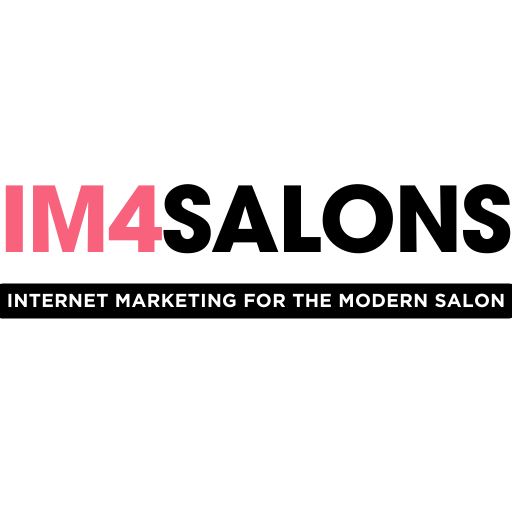In the digital age, a salon’s online presence is often the first point of contact between the business and potential clients. A visually appealing and functional website is essential, but equally important is ensuring that it adapts seamlessly to various devices. Responsive design is the key to creating a harmonious online experience for users across desktops, tablets, and smartphones. In this blog post, we’ll explore the significance of responsive design for salon websites and why it’s crucial for success in the competitive beauty industry.
1. Optimal User Experience:
Responsive design ensures that your salon’s website provides an optimal user experience regardless of the device a visitor is using. Whether a potential client is browsing on a desktop, tablet, or smartphone, a responsive website adjusts its layout and elements to fit the screen size, delivering a seamless and visually pleasing experience.
2. Mobile-Friendly Accessibility:
With the majority of internet users accessing websites via mobile devices, having a mobile-friendly website is non-negotiable. Responsive design guarantees that your salon’s website is accessible and functional on smartphones, catering to the on-the-go lifestyle of your clients. A mobile-friendly site enhances user engagement and reduces bounce rates.
3. Search Engine Optimization (SEO) Benefits:
Search engines, like Google, prioritize mobile-friendly websites in their rankings. A responsive design contributes to a positive SEO ranking, making it easier for potential clients to find your salon online. Improved visibility in search results translates to increased traffic and a higher likelihood of attracting new clients.
4. Consistent Brand Image:
Consistency is key in establishing a strong brand image. A responsive design ensures that your salon’s branding, including colors, fonts, and imagery, remains consistent across all devices. Consistency fosters trust and recognition, reinforcing your salon’s identity in the minds of visitors.
5. Faster Loading Times:
Responsive design often results in faster loading times, especially on mobile devices. Quick-loading websites are essential for retaining the attention of users, as slow-loading pages can lead to frustration and high bounce rates. A responsive website contributes to a smoother and more enjoyable browsing experience.
6. Increased Engagement and Conversions:
User experience directly impacts engagement and conversions. A website that is easy to navigate, regardless of the device, encourages visitors to explore different services, view galleries, and, ultimately, make appointments. Responsive design plays a crucial role in converting website visitors into actual clients.
7. Adaptability to Various Screen Sizes:
Devices come in various screen sizes, from large desktop monitors to compact smartphone screens. Responsive design ensures that your salon’s website adapts seamlessly to these diverse screen sizes. This adaptability is particularly crucial in the beauty industry, where visual appeal plays a significant role in showcasing salon services.
8. Future-Proofing Your Website:
The digital landscape is ever-evolving, with new devices and screen sizes regularly entering the market. Responsive design future-proofs your salon’s website, ensuring that it remains effective and visually appealing as technology continues to advance. This adaptability saves you from the hassle of frequent redesigns to accommodate emerging devices.
9. Social Media Integration:
Salons often utilize social media platforms to connect with clients and showcase their work. Responsive design facilitates seamless integration with social media on your website. Users can easily access your salon’s social profiles and share content across platforms, expanding your online reach.
10. Cost-Effective Maintenance:
Maintaining separate websites for desktop and mobile versions can be costly and time-consuming. Responsive design streamlines the maintenance process, as updates and changes only need to be implemented once. This cost-effectiveness allows salons to allocate resources more efficiently.
Conclusion:
In the competitive landscape of the beauty industry, a salon’s online presence is a powerful tool for attracting and retaining clients. Responsive design is the linchpin that ensures your salon’s website remains visually stunning, functional, and accessible across a myriad of devices. The seamless elegance provided by responsive design not only enhances user experience but also contributes to improved search rankings, increased engagement, and, ultimately, the success of your salon in the digital realm. As clients increasingly turn to the web for beauty inspiration and services, a responsive website becomes an indispensable asset, aligning your salon with the expectations and preferences of today’s tech-savvy clientele.
